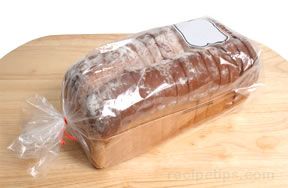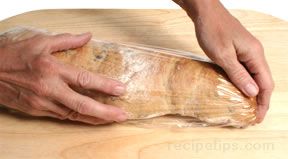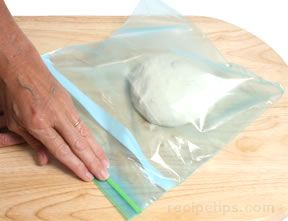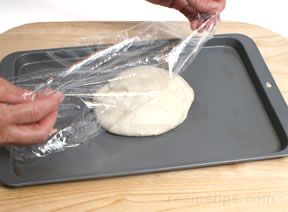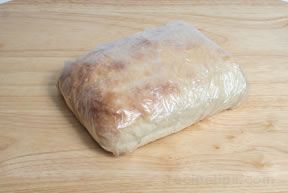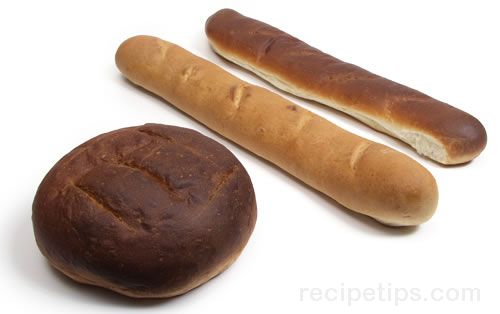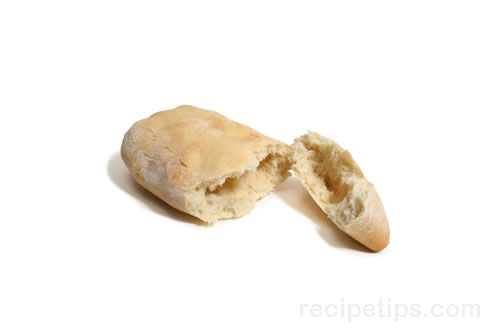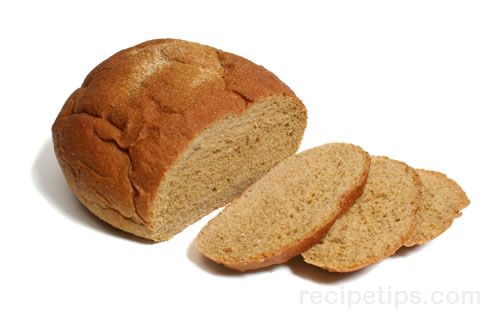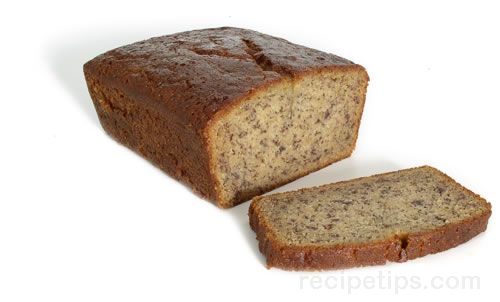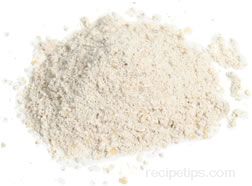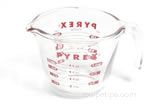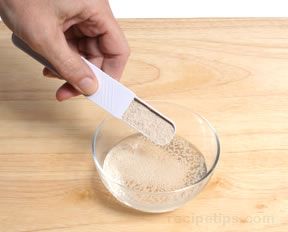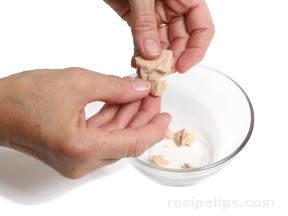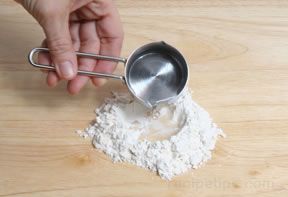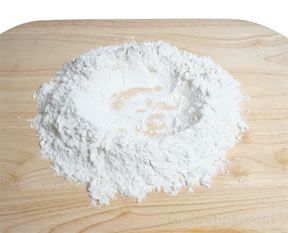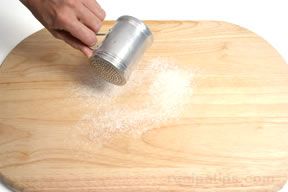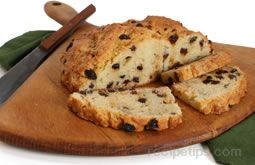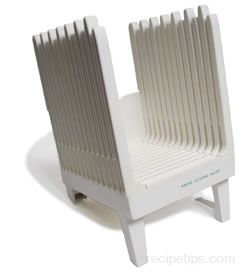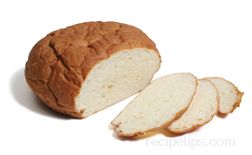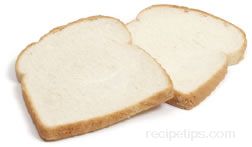|
Short Term Storage | Long Term Storage | Defrosting Bread
|
Short Term Storage
| Many bakers recommend that a good loaf of freshly baked bread should not be stored in loose fitting plastic bags. The plastic does not allow the bread to breathe, which can lead to moisture being trapped in the bag, resulting in bread that can be a bit soggy. If it is stored in the refrigerator, the loose fitting plastic bag can actually promote the growth of mold. Although it is true that most commercially prepared bread is sold in plastic bags, most of these breads are sliced and would dry out very quickly if not stored in plastic, and many of them also contain chemical preservatives to increase shelf life, so the issue of whether or not a plastic bag is good or bad is not a factor in this case. |
|
| In many European homes, freshly baked bread is stored, cut side down, without any wrapping. Bread that has been prepared using a starter or with only a small quantity of yeast will keep for several days when stored in this fashion. |  |
| Paper works well for bread storage because it allows some air to circulate around the bread. | 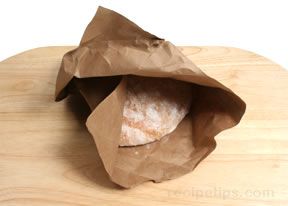 |
| A cloth bag, used specifically for bread storage, is another good method that can be used. A large napkin or piece of cloth can also be used. Cloth keeps the bread fresh, but also allows it to breathe. |  |
| Note: Sliced loaves will dry out quickly when stored in paper or cloth. |
Long Term Storage
Freezing Bread |
| If you prefer to use plastic for storing freshly baked bread, make sure the bread is completely cooled and then wrap it tightly in plastic wrap rather than sliding the loaf into a loose fitting bag. The bread will keep for several days at room temperature and for up to three months in the freezer. |
|
| Another method for freezer storage of freshly baked bread (which has been completely cooled) is to wrap the bread in heavy-duty aluminum foil and then slide it into a plastic freezer bag. Remove as much air from the freezer bag as possible before placing it in the freezer. | 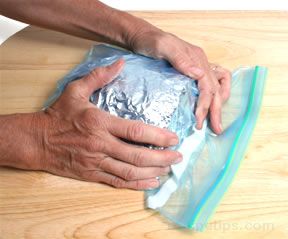 |
Freezing Dough |
|
Dough can be frozen at two stages of preparation:
|
|
Freezing Dough Before Rising |
|
Dough that has been kneaded, but has not risen can be placed into a freezer bag that has been lightly oiled on the inside. Some space must be left in the bag because the dough will rise slowly before it is fully frozen. |
|
|
When the dough is ready to use, it should be placed in the refrigerator to thaw overnight where it will rise slowly.
Remove the dough from the refrigerator, allow it to reach room temperature, and then shape and proof the dough. |
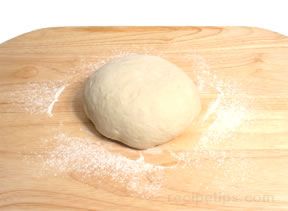 |
|
Freezing Dough After Shaping |
|
Dough that has risen and has been punched down and shaped can be frozen before the proofing stage. Simply cover the dough (on a baking sheet) with oiled plastic wrap and place it in the freezer until the dough becomes firm, but not fully frozen. |
|
|
Transfer the dough to an oiled freezer bag, remove the air, and return to the freezer for long term storage. When it is ready to use, remove the dough from the bag, place the shaped dough on a baking sheet, cover it with oiled plastic wrap, and allow it to thaw in the refrigerator overnight where it will proof. Remove the dough from the refrigerator, allow it to reach room temperature, and then bake. |
 |
Defrosting Bread
| It is best to defrost bread as slowly as possible. Six hours may be required at room temperature and twelve hours in the refrigerator. Make sure to leave the bread wrapped while defrosting. |
|
| Bread wrapped in aluminum foil may also be defrosted in a 400ºF oven. Avoid using the microwave for defrosting or heating bread because the microwave tends to dry out and toughen bread. | 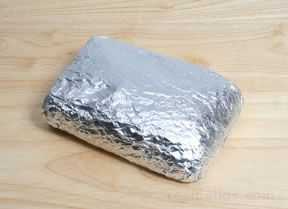 |

